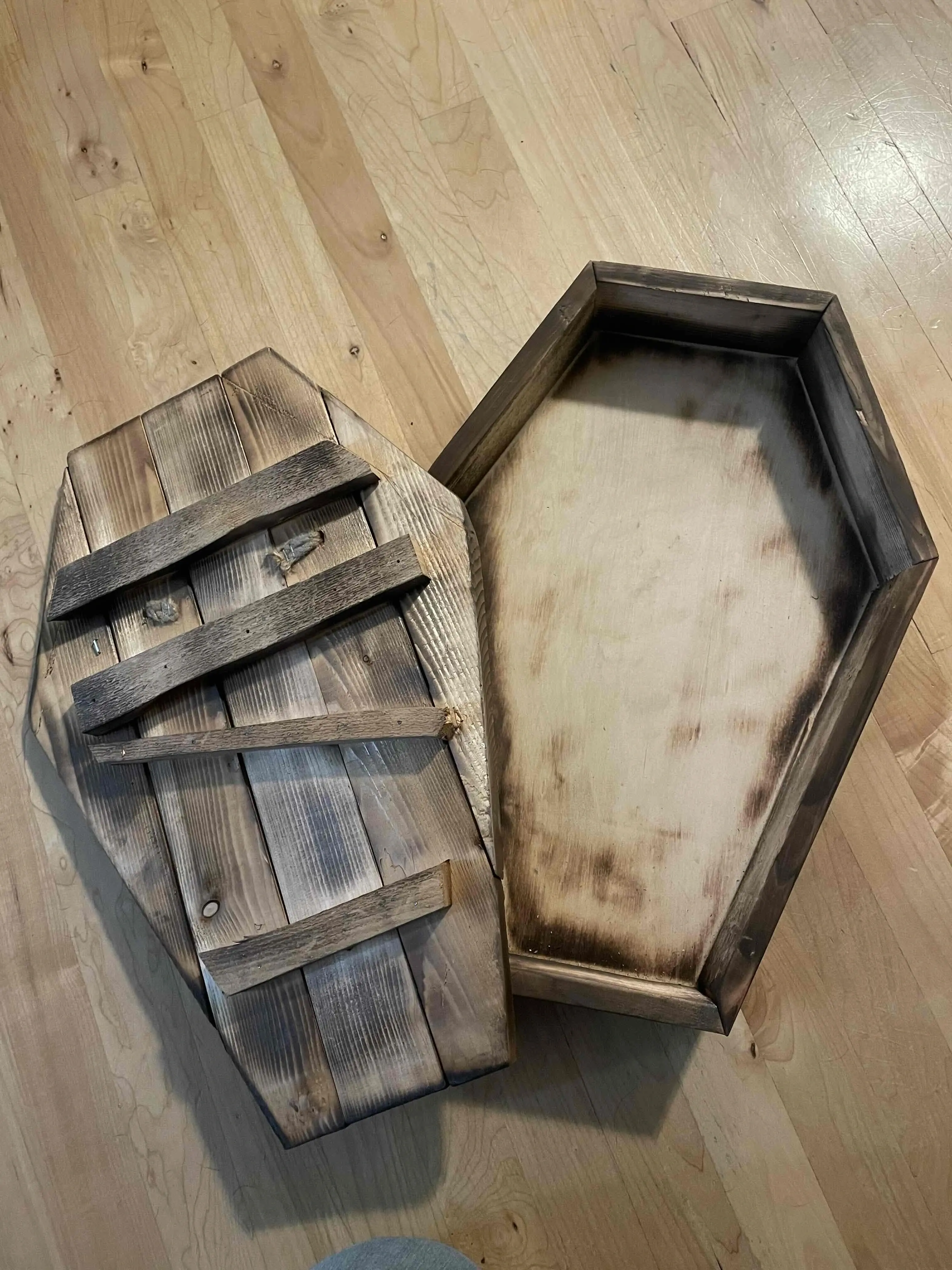

I think I get where you are coming from here, though I question the certainty in it. There is too much nuance to humanity to never trust or always ignore.
If you never anticipate good in others, you must be very lonely - never trusting, always defensive, waiting for the next attack. We all have different levels of trust shaped by our own experiences. Personally, I try to anticipate good until a person proves otherwise. I’d rather be disappointed occasionally than miss a possible connection to someone because I never anticipated goodness.
As far as receiving advice, take it from anyone and everyone. We constantly do this, even if we don’t notice. We take in the world around us. We decided if it was good, bad, or somewhere in between. If I see someone hit their thumb with a hammer, I learn not to hold the nail in the way way did. It’s non-verbal, yet in its own way, is advice. Verbal advice works similarly. Take it in, listen to it, accept or reject it. Ether way, it is part of you. You will adapt it to your own view. If someone says that jumping of a bridge is the best thing ever, you can ignore them or you can do it. Ignoring them shapes a picture of that person as irresponsible or dangerous while shaping you to be more conscious and risk-averse. Doing it shapes that person in your mind as someone to listen to in order to do something fun. I suppose what I’m getting at is a simple question, can you really ignore advice?
I’m probably just thinking more into it than you intended.



I’m in the middle of a livingroom remodel. This weekend, the plan is to fix the leak in the roof, rebuild thr staircase to match modern codes, and install the new hvac ducts. If time permits, I’d like to start hanging drywall, but I know thats a stretch. I want to get the room done by the 4th, and I’m not sure if I’ll make it.